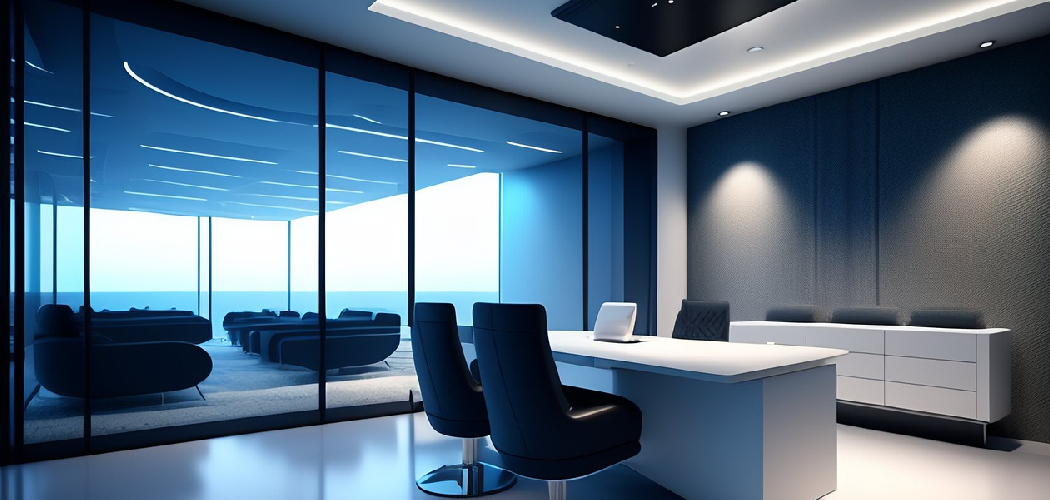Setting up an office can be a daunting task, no matter if you’re moving into a new space or preparing to work from home. There are so many things to consider—from furniture selection and layout, electrical planning, and storage solutions to decorating the workspace with personal touches. It’s easy to become overwhelmed by all the details!
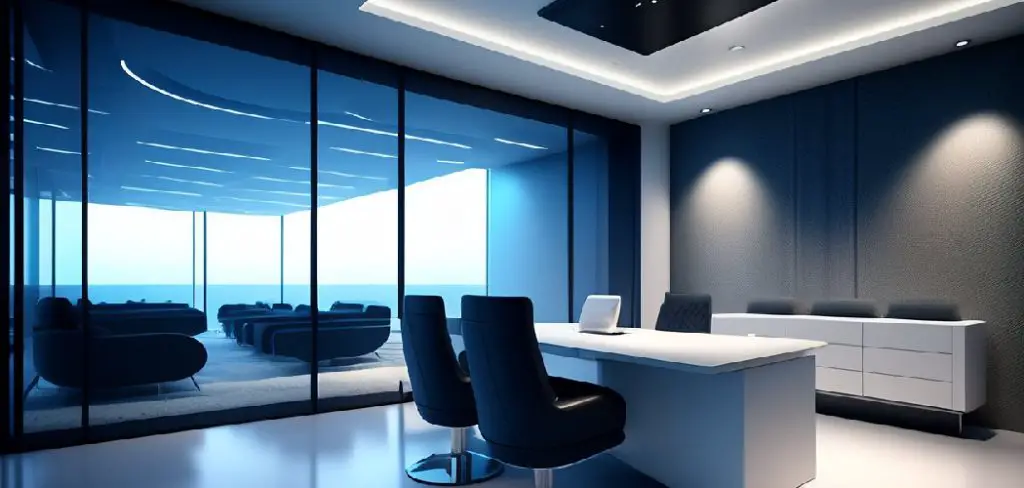
But don’t let that intimidate you; with adequate preparation and planning, you can create an inviting workplace where productivity thrives.
In this blog post, we’ll discuss how to build an office from scratch, giving you step-by-step instructions for selecting furniture, determining your organization plan, deciding on aesthetics, and more. Read on for our complete guide to building your perfect workspace!
What to Consider When Building an Office?
When it comes to building an office, there are a few things you should consider. First, you need to think about the size and layout of your office space. Consider how many people will be working in the office and what kind of equipment they will need.
You also want to ensure that the location is easily accessible for clients and customers as well as convenient for employees who may have other commitments outside of work.
Next, take into account factors such as energy efficiency when designing the office. Choose materials that are low-maintenance and create a comfortable atmosphere with natural light, good ventilation, and temperature control.
Look into furniture options that are ergonomic yet stylish, and make sure all essential wiring is safely installed according to local regulations.
Finally, consider what office amenities your employees will need.
For instance, access to reliable internet and a well-stocked kitchen are must-haves for many modern offices. Even small touches, such as plants and seating, can contribute to an enjoyable work environment.
By taking the time to plan out every detail before construction begins, you can create an efficient yet inviting office space that meets everyone’s needs and allows for future growth. So take these points into account when designing your perfect workplace!
Can I Build an Office at Home?
Yes, you can build an office at home if you have the space and resources to do so. It is a great way to create a dedicated workspace that allows for productivity and privacy. Depending on the size of your space, you may be able to construct an entire room as your office or simply carve out a nook in the corner of your house.
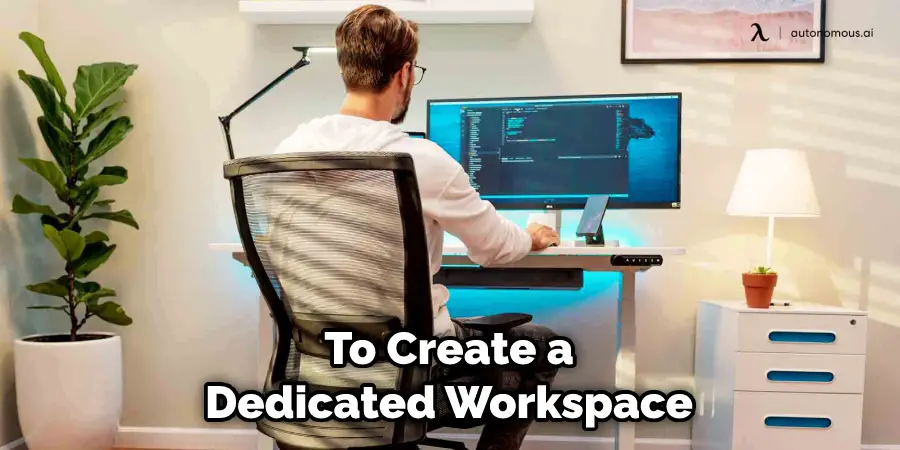
When designing an office at home, consider how much space it will require, what furniture and equipment you’ll need, and how that fits into the rest of your living area. Think about where windows should go and how they will influence lighting levels throughout the day.
You should also decide whether or not soundproofing is necessary depending on what tasks you plan on doing in the office.
In terms of furniture and equipment, you should choose pieces that allow for ergonomic comfort and productivity. Consider a desk with adjustable height, a comfortable chair, and good task lighting. You may also want to add shelves for books or other items, as well as filing cabinets for storing documents.
Additionally, you’ll need a computer or laptop, printer/scanner combo, internet router, telephone line (if desired), and any other electronics necessary for your work needs.
Finally, once all the pieces are in place in your home office, consider sprucing up the room with some personal touches, such as artwork on the walls or plants strategically placed throughout the space. Doing so will make it more inviting and encourage focus and concentration while working.
10 Methods on How to Build an Office
1. Identify Your Needs
The first step to building an office is to identify your needs. Consider the size of your business, the number of employees, the equipment you need, and the type of work that will be done in the office. This will help you determine the amount of space you need and the features that are important for your office.
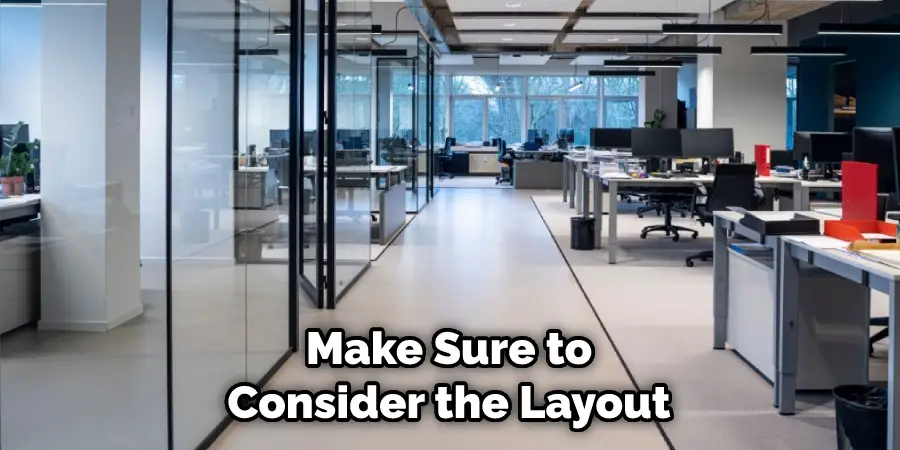
If you’re looking to create an inviting and productive space for your employees, make sure to consider the layout, design, and amenities that will be required. Although you may be tempted to cram as much into the office as possible, it’s important to remember that a cluttered workspace can be detrimental to productivity.
2. Choose a Location
Choosing the right location for your office is crucial. Consider factors such as accessibility, visibility, and proximity to your customers, suppliers, and employees. You also need to ensure that the location is zoned for commercial use and that there are no restrictions that could affect your business operations.
Additionally, if there is no existing building to use, you will need to purchase or lease land and either build a new office or renovate an existing structure. However, if there is an existing building to use, you should make sure that it meets all necessary safety codes and regulations.
3. Hire an Architect
Hiring an architect is essential when building an office. They can help you design the office space to meet your needs and ensure that it complies with local building codes and regulations. An architect can also help you select the materials, fixtures, and finishes that will be used in the construction of the office.
Additionally, they can assess the technical feasibility of your design and provide guidance on cost-efficient solutions. When interviewing potential architects, ask them to explain their experience with similar projects and make sure they understand your goals and vision.
4. Develop a Plan
Once you have identified your needs and chosen a location, you need to develop a plan for your office. This plan should include a detailed layout of the office space, including the number and size of rooms, the location of doors and windows, and the placement of furniture and equipment.
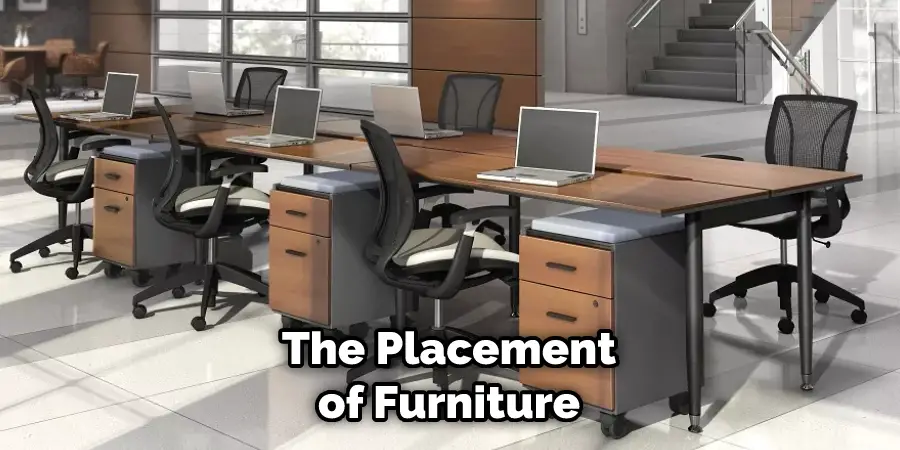
Your plan should also include a timeline for construction and a budget for the project.
Don’t forget to factor in the cost of permits and licenses, which vary depending on where you are located. To keep your budget in check, it’s a good idea to shop around for the best deals on furnishings and equipment.
5. Secure Financing
Building an office is a significant investment that requires financing. You need to secure financing to cover the cost of land, construction, materials, labor, and other expenses.
Consider obtaining a commercial loan, a line of credit, or seeking investors to fund your project. Once you understand your budget, explore all potential financing options to ensure that you are able to complete the project.
If necessary, contact a financial advisor to assess your individual needs. Although it can be a lengthy process, obtaining the right financing is essential for constructing your office. If done correctly, you can build an office that is both efficient and aesthetically pleasing.
6. Obtain Permits
Before you can start construction on your office, you need to obtain the necessary permits from the local government.
These permits ensure that your office complies with local building codes and regulations and that it is safe for occupancy. Depending on the size and scope of your project, you may need permits from multiple government agencies.
Research what types of permits are required for your project and make sure to apply for them in advance. This will save you time and money down the road, as it is much easier to obtain permits before construction begins.
7. Hire a Contractor
Once you have obtained the necessary permits, you need to hire a contractor to build your office. Look for a reputable contractor with experience in commercial construction.
Ensure that they are licensed, insured, and have a good reputation in the industry. Request references to ensure that they are qualified and reliable.
Make sure to provide all relevant information, such as your proposed office layout, desired materials and finishes, and any special requirements. If any subcontractors are needed, make sure they have the appropriate certification and credentials as well.
8. Monitor Construction
During the construction process, you need to monitor the progress of the project to ensure that it is on schedule and that the work is being done to your specifications. Regular site visits and communication with the contractor can help you identify and address any issues that arise.
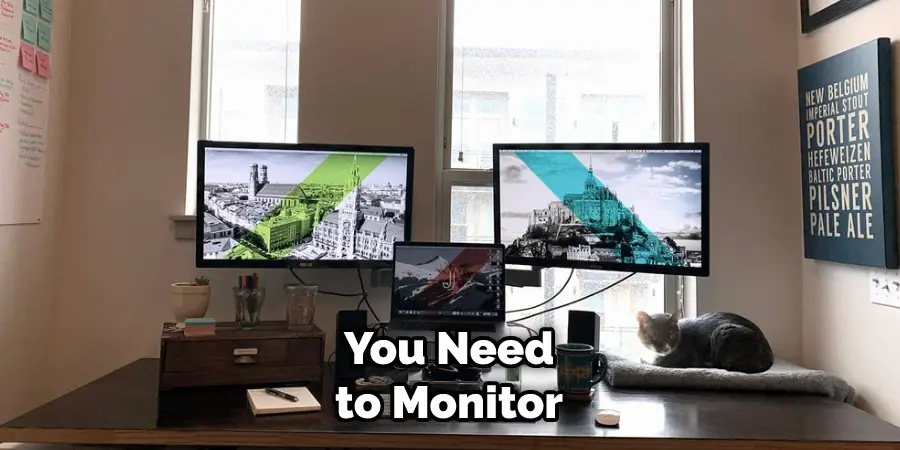
Additionally, if possible, it can be helpful to have a third-party inspector come in to review the quality of the work. Finally, make sure that your contractor is in compliance with any relevant building codes and local regulations.
Although it can be tempting to cut corners in the construction process, taking shortcuts on quality or safety could end up costing more money in the long run.
9. Finish the Interior
Once the construction is complete, you need to finish the interior of the office. This includes painting, flooring, lighting, and the installation of furniture and equipment. You may also need to install technology infrastructure such as Wi-Fi, telephone, and computer systems.
To ensure a professional finish, you may want to hire an interior designer or a contractor to help with the styling. Once everything has been installed and tested, you can start moving in. Congratulations, your office is now complete!
10. Move In
Finally, it’s time to move into your new office. Make sure that all the systems and equipment are working correctly and that the office is clean and ready for occupancy.
Celebrate this milestone with your team, and get ready to start your new chapter in your new office. With these, you should be well on your way to having a successful office and running a great business. Have fun!
Things to Consider When Building an Office
1. Budget:
The first and most important thing to consider when building an office is your budget. Knowing how much you can afford to spend on the project will help you plan what type of office space you can build.
If a complete remodel is out of your budget, consider smaller changes such as painting the walls or adding a few new pieces of furniture.
2. Layout:
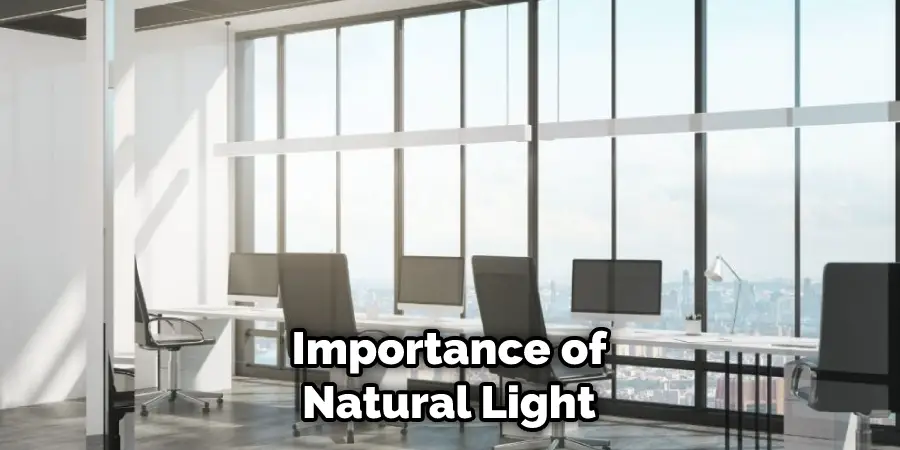
The layout of your office space is also important to consider when planning for an office build. Think about what type of floor plan would best suit your needs and accommodate the number of people you expect in the office at one time. Consider how much storage you need, the importance of natural light, and what type of furniture will be needed.
3. Design:
The design of the office should reflect your company’s brand and culture. Think about color schemes, artwork, and other decorative elements that can make the office space feel inviting and professional. You may also want to consider incorporating elements such as plants, artwork, and other design features to make the office more aesthetically pleasing.
4. Technology:
Technology plays an important role in any modern office space. Think about what type of technology you need for the office and how it will be used. This includes computers, printers, fax machines, smartphones, and other devices.
You should also consider what type of internet connection is needed, as well as any software or systems that will be necessary for your employees.
5. Safety:
Safety is another important aspect to consider when building an office space. Make sure the wiring and electrical work are up to code, and that all safety regulations are followed.
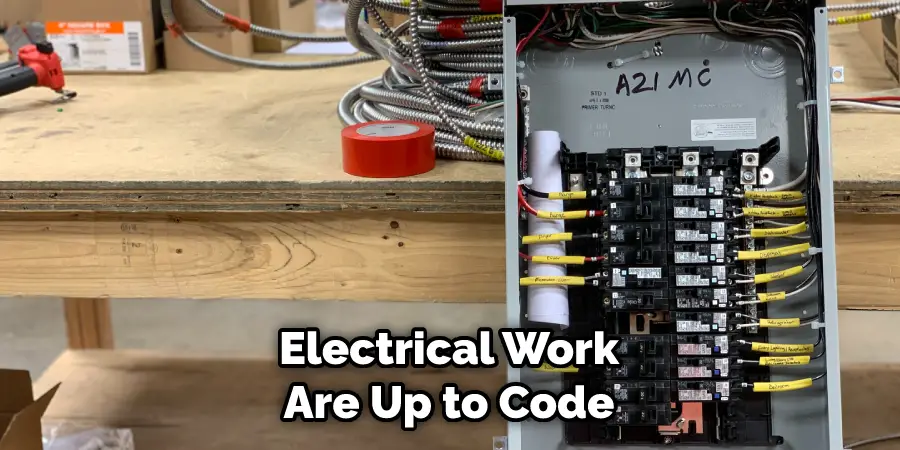
It’s also important to consider the type of security system that should be in place for the safety of your employees and any equipment or documents stored in the office.
Conclusion
No matter how big or small of a project building an office can be, it is important to remember to always start with a good plan. Taking the time to prepare for the build will make all the difference in its outcome. Knowing what are your goals and budget upfront can help you prepare for obstacles that may arise from the build.
Assembling a team of professionals who have experience in their fields related to project construction can also help ensure that things go smoothly and that all safety standards are met along the way. Thanks for reading, and we hope this has given you some inspiration on how to build an office!

